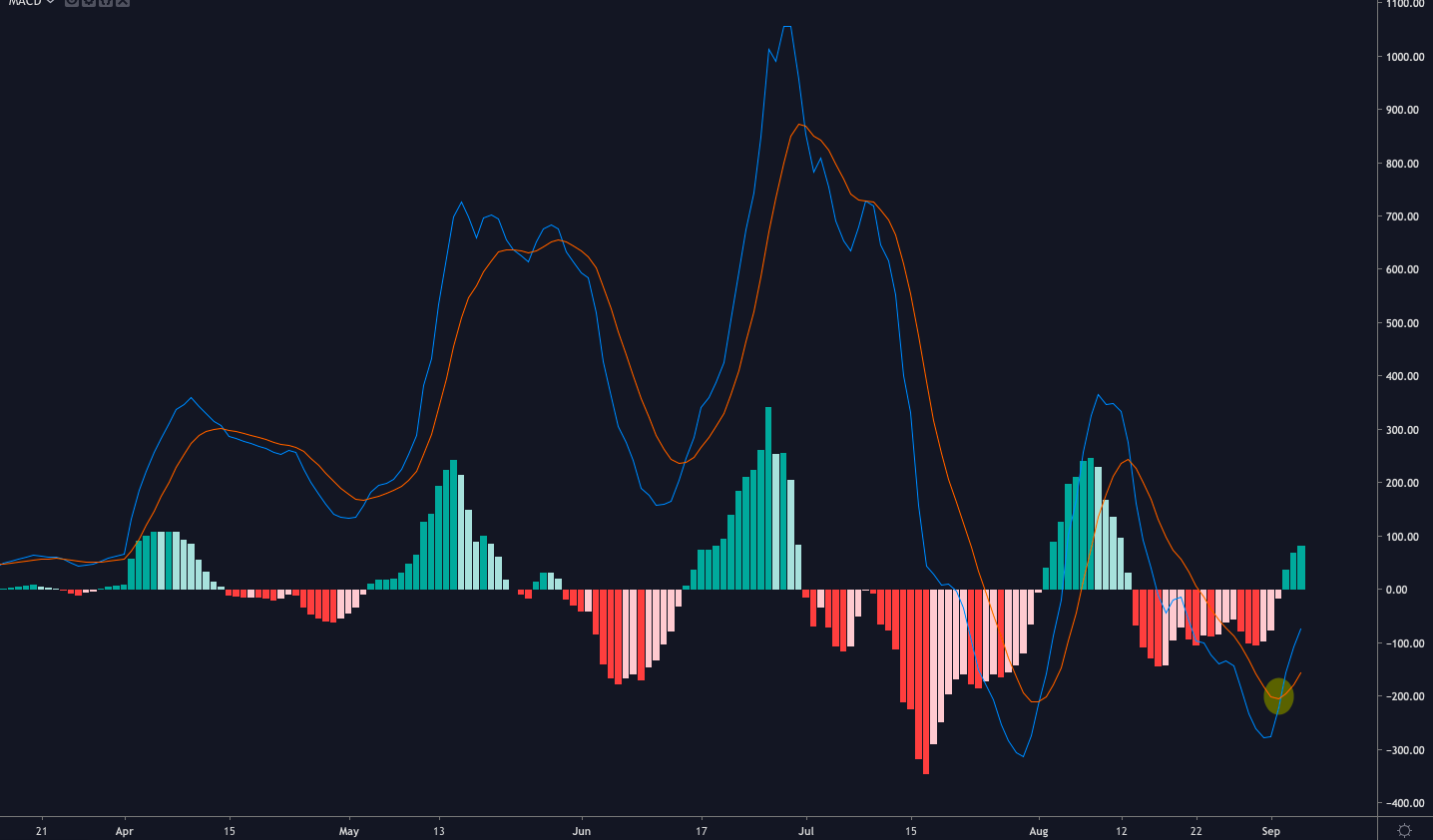The crypto industry is making great strides in establishing Security Token Offerings (STOs) as a secure fundraising method. With the market’s attention diverted to the first-ever SEC-supported STO, and the U.S. Securities and Exchange Commission (SEC) pledging “plain English” directives on ICOs, 2019 could finally see security tokens used as fundraising tools.
In 2018, the digital market registered significant drops in ICO numbers. Although investors saw great potential in the fundraising system at the beginning of the year, financial analysts exposed 80% of ICOs as scams by March 2018.
A research conducted by Bitmex observed a 97% slump in ICO markets in Quarter 1 of 2019. While utility tokens only give access to protocols, STOs allow an investor to own a company’s assets much like stocks and bonds. This gives investors the right to vote, as well as share profits, interests, and dividends. Although utility tokens are not direct investments, some companies cling to them with the hope that they will increase in value.
However, there is no assurance that the prices will rise in the future. Not only that, utility tokens involve uncontrolled token sales. STOs, on the other hand, enjoy regulatory oversight which ensures investors` interests are protected. On the whole, it is possible to organize security tokens according to securities laws so that the rights of token custodians match the ones provided when buying shares with a publicly listed company.
STOs in Figures
The total number of STOs launched worldwide in 2018 exceeded 1200. In spite of the SEC’s failure to approve any STO, launches increased by a margin of 60% in the United States. With only 174 STOs in 2017, the number was just shy of 300 in Q4 of 2018.
Interestingly, STOs rose beyond 130% in Q1 2019. This surge did not come as a surprise considering the efforts by regulators to make sure security norms are observed. Even so, this pressure made it difficult to establish public token offerings. Besides, numerous STO service providers are joining the digital market, therefore, setting the pace for organizations to launch STOs.
It is imperative to note that security tokens are not limited to only trading STOs or investments. It is possible to fractionalize security tokens kept on the blockchain. Therefore, retail investors can inject small sums into venture capital initiatives like gaming and medical care.
Building a Credible Asset Class and Regulation
Industry players are keen on ensuring security tokens together with their supporting infrastructure conform to regulatory stipulations. As long as the underlying infrastructure is in good condition, security tokens are capable of providing numerous investment opportunities to entrepreneurs with likely secondary market liquidity. Within the United States, security tokens fall under different regulations. They include:
Regulation S
This offers an SEC-compliant procedure for both US-based and non-US investors to raise funds outside of the United States. In this case, security offerings can accommodate both Equity as well as debt securities. Although Regulation S offerings do not need SEC registration, an investor should ensure to sell their non-US tokens in line with US laws.
Even so, the sale proposal might encounter limitations when the investor is an American organization. As such, it is prudent to combine two regulations. Since their concurrent use is legal, an investor can fuse Regulation S with D. The only variation between these two rules is that Regulation S allows an investor to raise cash from overseas without investor accreditation. So to say, Regulation D enables an investor to raise funds from US financiers while Regulation S guides contributions from outside the U.S.
Regulation D
It allows the provision of securities to both US and foreign organizations alike. Moreover, it neither has limits on the maximum fundraising nor the size of a single participant’s investment. Thus, it is appropriate for all securities types. Even so, the regulation only allows certified American investors to participate. According to SEC’s section 506B, around 35 unapproved players can take part. Furthermore, Section 506C urges investors to get verified and only provide truthful information during their solicitation.
Regulation A+
This allows creators to present non-accredited investors with SEC-approved securities. The highest investment for this option is a $50 million sum or $20 million in the case of Tier 1. Tier 2, on the other hand, bars investors from committing above 10% of their annual income alone or together with their spouse. Regulation A+ issuance can take longer than other alternatives and is usually more complex and expensive. However, it is reliable because it does not have restrictions for prospective entrepreneurs (excluding US citizenship).
What Does the Industry Have in Store?
Despite the crypto industry being a budding market, it has shown tremendous growth in the recent past. This is evidenced by the increasing SEC applications for security tokens. Furthermore, organizations are now building their own digital commodities.
The industry has high expectations that the SEC will release additional guidelines on STOs. There is mounting pressure to align regulations with vibrant markets like Switzerland. Overall, security tokens are a valuable instrument for accessing substitute investment openings in global markets amidst a secondary market liquidity chance.
Featured image via BigStock.
The post appeared first on Crypto Asset Home








